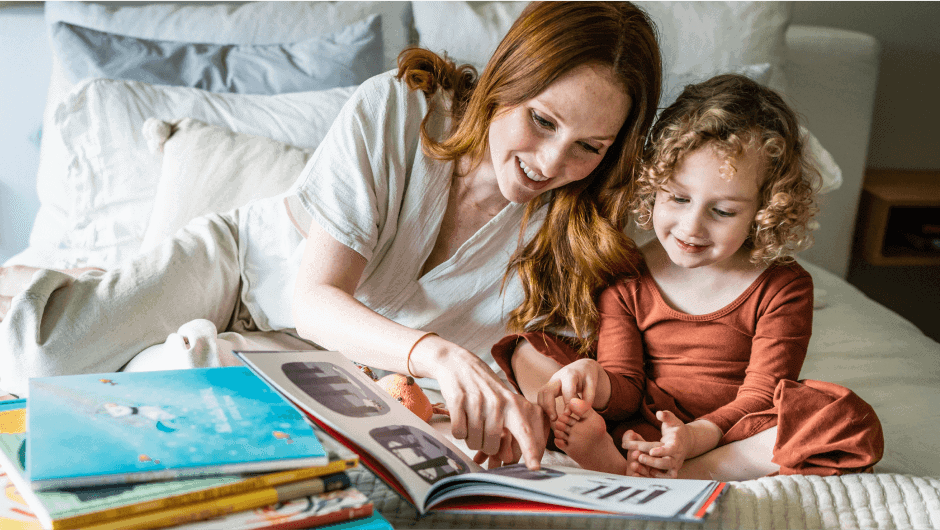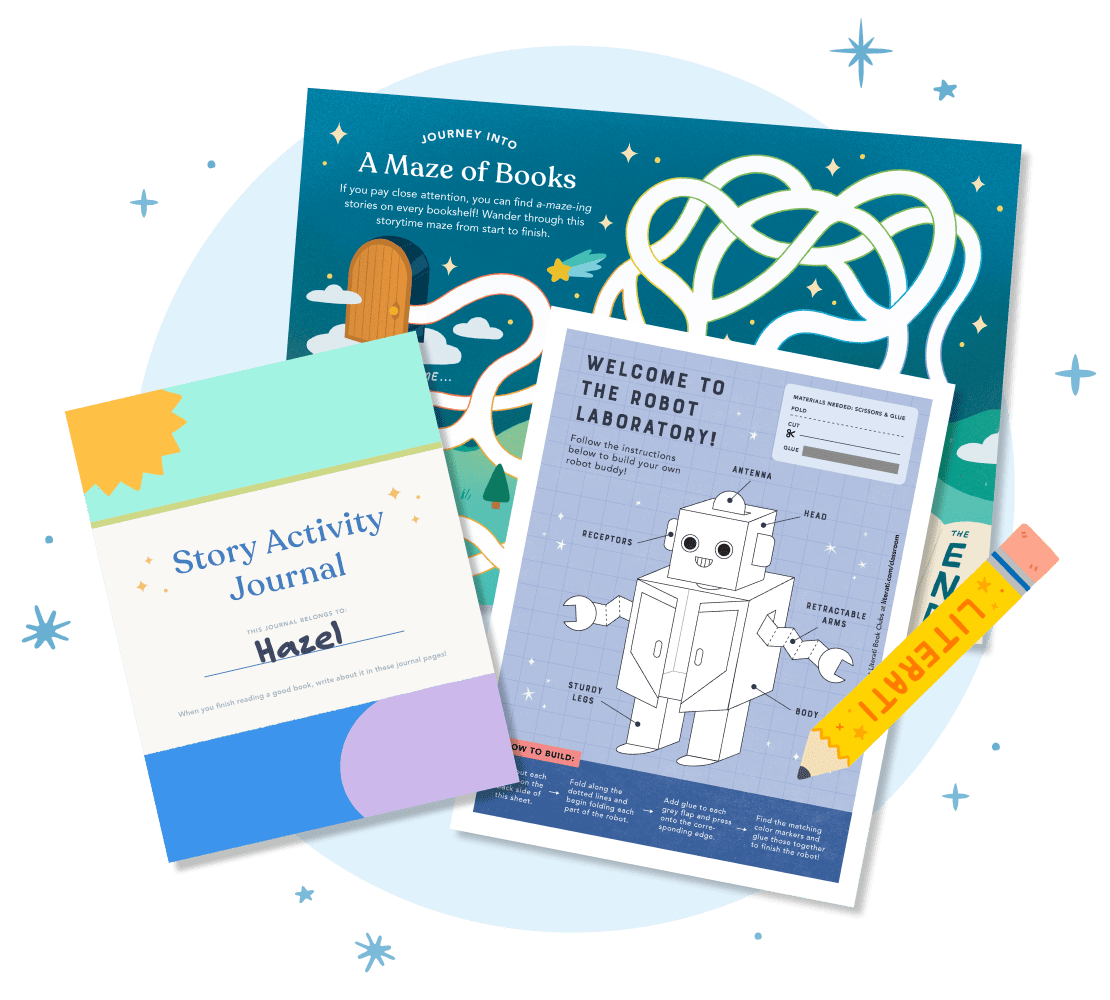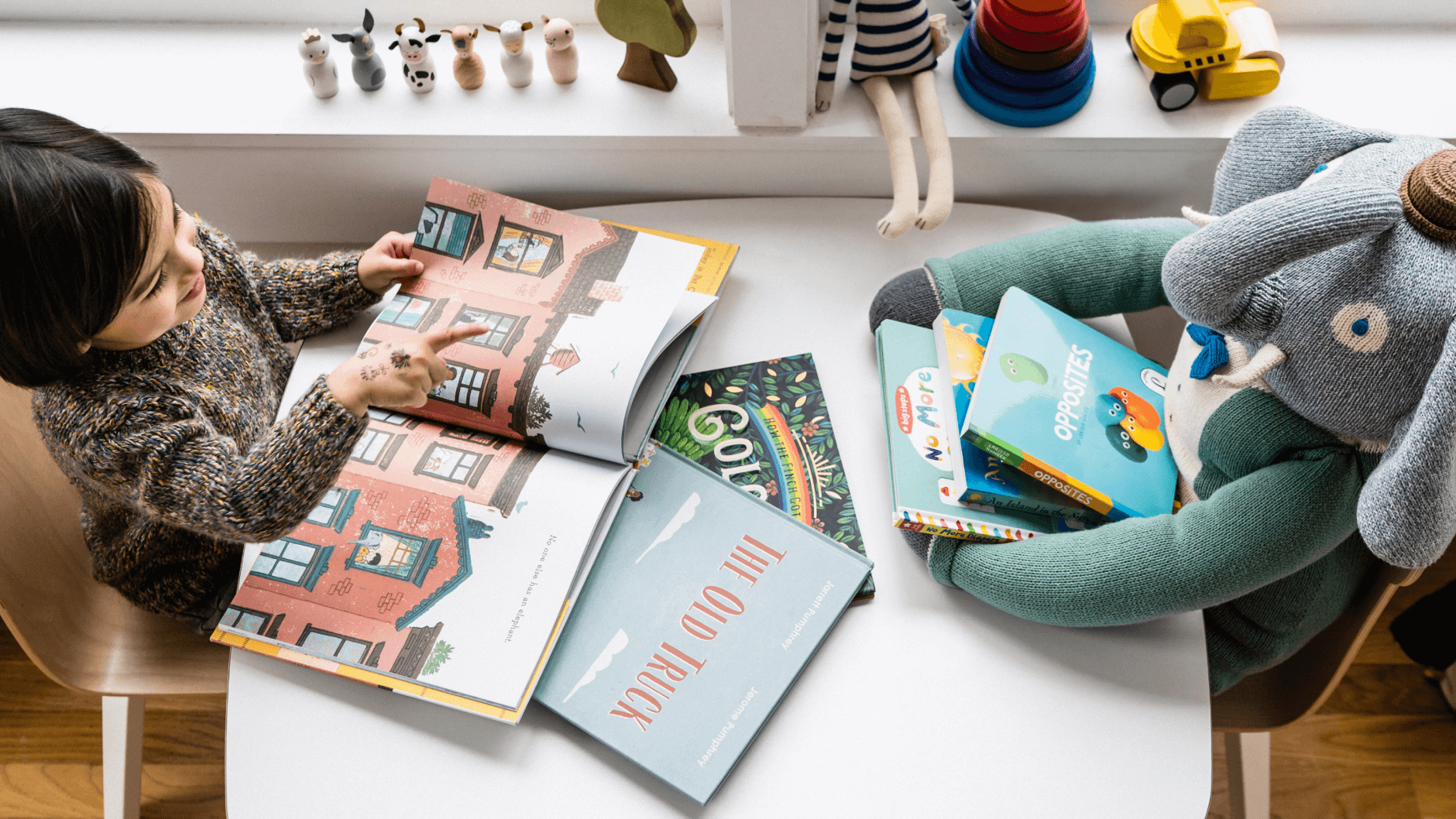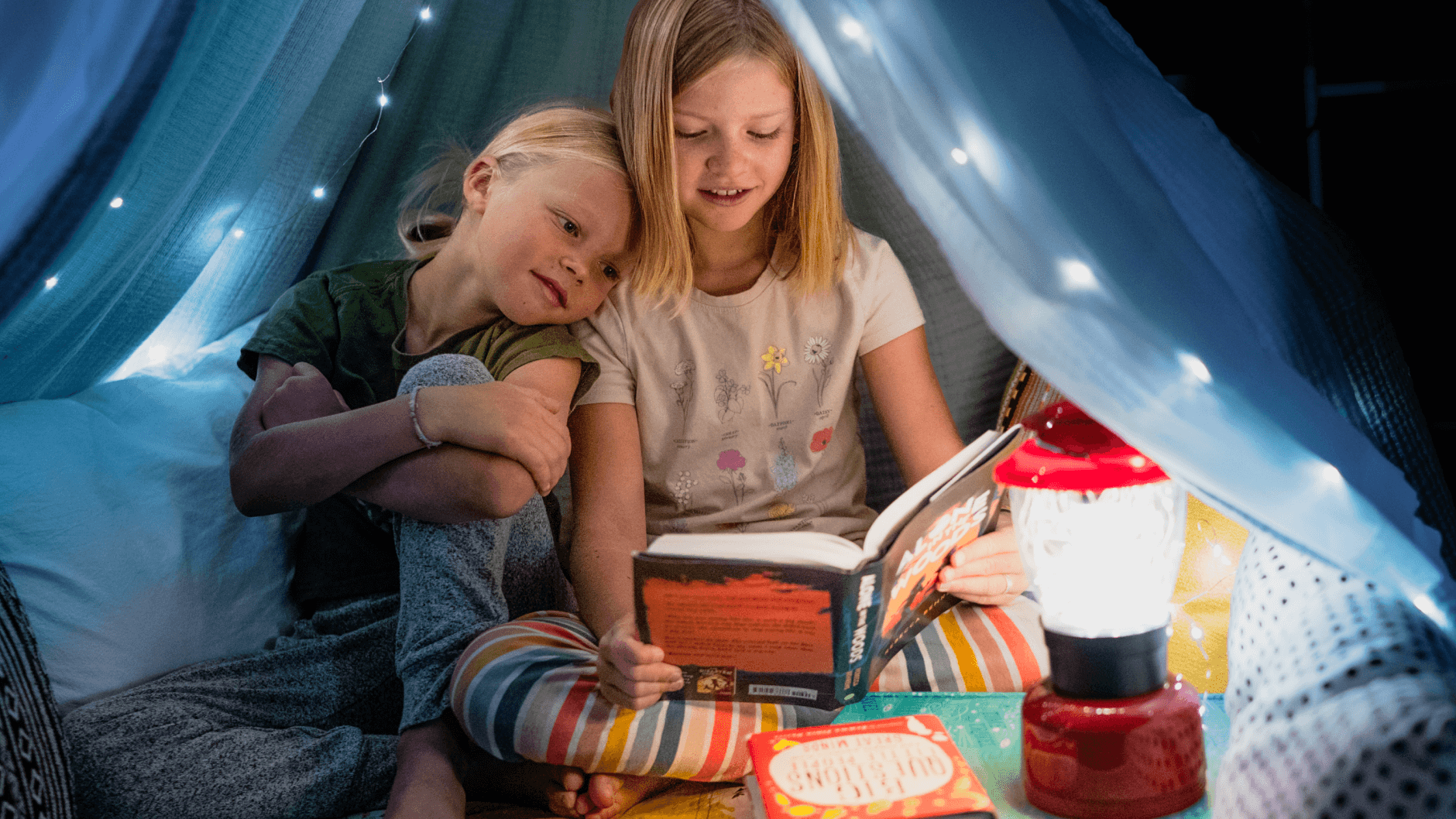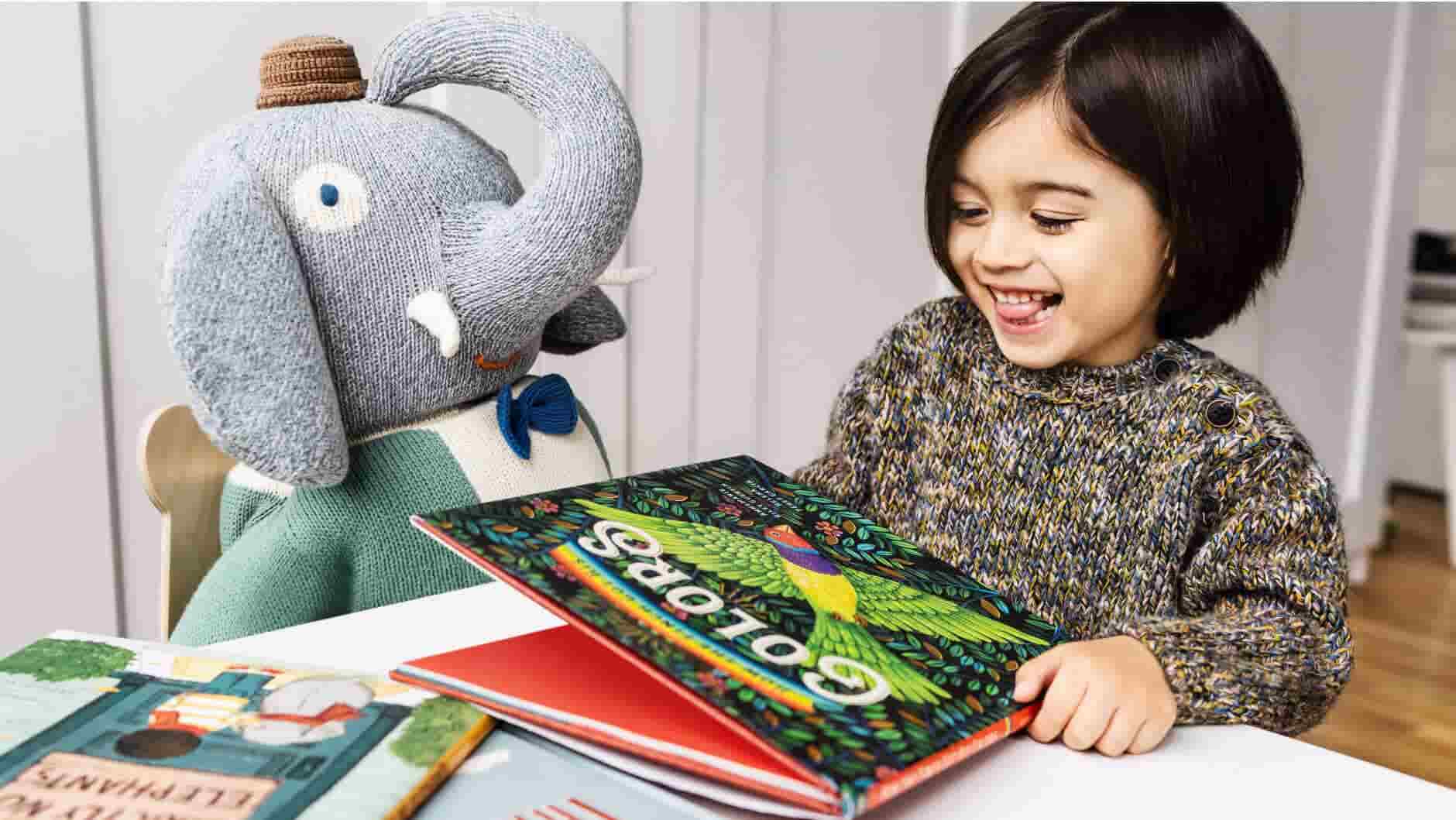Is your toddler poised to leave the gurgle phase behind and enter the exciting world of verbal expression? You can support this transition by inviting them to imitate sounds. Books are an especially effective way to practice this skill; because you’ll likely be reading stories repeatedly, children can study your vocal delivery (and any helpful illustrations) until they steadily learn how to make these sounds and how they apply to real-world objects.
But expressing new sounds can be a daunting task for some youngsters, who may feel like little Alan Turings faced with the Enigma Machine. Just remember to keep things fun! Backed by some helpful messaging from Literati, they can start playing their own imitation games to crack the code of language learning.
The upside of imitating book sounds
While sound imitation isn’t the same as independent reading, the practice still forges a link in children’s minds between verbal and written language. As they watch you point to a word or picture on the page, then to your own mouth as you say the word, they start putting the pieces together.
Beyond object-word association, mimicking book sounds also paves the way for a broader vocabulary. The often-extraordinary (or downright magical) settings of toddlers’ books serve up words that probably aren’t routine. By learning to sound out such words and gather their meanings, children gradually find more nuanced ways of expressing themselves even if they can’t yet read.
Above all, it’s a great way to strengthen that parent-child bond! But how do you begin?
Start with sound fundamentals
Even though your toddler may already be imitating you as you do everything from typing memos to wiping windows, they may need help understanding imitation as a concept so they know when they’re being asked to follow your lead. Here are several fun ways to get the wheels turning:
Show them how it’s done.
Imitate your child’s own sounds and movements to exemplify the direct back-and-forth you want to make happen.
Take action.
Lead up to sound and word practice by trying physical imitations like simple arm gestures to see if they get the hang of it.
Make sound effects.
Point out illustrations or utilize props as you voice the “vroom-vroom” of a toy car or the “oink-oink” of a plush pig—or other objects you know your kid loves!
Keep your mouth visible.
As you read text or make isolated sounds, position your mouth so your child can “read” your lips and see how words are formed.
Let them “feel” the sound.
Allowing your child to touch your face or throat as you speak gives them a better sense of speech’s source, and how they can make it themselves.
Shape the language.
Draw out and exaggerate sounds and words, letting your little one process each component from start to finish.
Build them up.
Praise your toddler’s successful imitations (or even their valiant efforts) so they’ll feel gratified and eager to keep at it.
Best books to practice imitation
These toddler-friendly books include verbal response cues that support sound-based language learning:
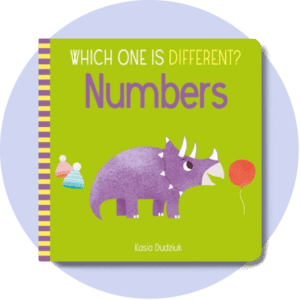
Which One is Different? Numbers
Practice counting numbers and responding to directions with this puzzle- and animal-filled read.
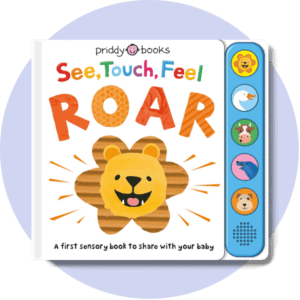
See, Touch, Feel: Roar
This interactive reading experience invites kids to make object-word associations by imitating animal sounds.

Who Says Uh Oh?
Your toddler can repeat “uh oh” and other basic terms with the aid of an in-book mirror and fun animal photos.
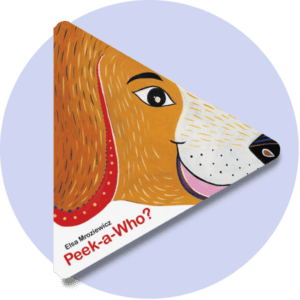
Peek-a-Who?
With liftable flaps that gradually bring animal imagery into focus, children work through an added tactile layer to put faces to sounds.
Creating a model learning environment
The path to full-fledged speech is not the same for every toddler. But imitating sounds is a significant milestone on that journey, helping them understand the building blocks of language so they can start thinking independently about it. Books are a valuable springboard toward sound imitation, offering a shared experience of fanciful stories that expand vocabulary with an assist from supporting imagery. By repeating this practice, the enigmas of English that once seemed unsolvable soon become child’s play.
How good does curated book delivery sound?
You can keep your imitation practice going strong by signing up for a Literati Kids Book Club. Guided by your child’s reading level and interests, curation experts select personalized stories and send them to your home so you can sound out words together!
